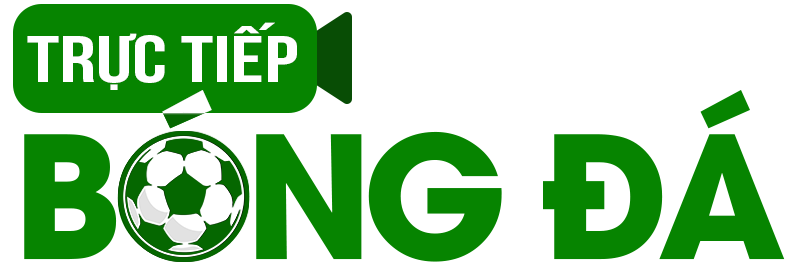The muscles of your limbs, like any other tissue in our bodies, need oxygen to function and survive. If blood flow to muscles of for example the legs is impeded, pain or cramp can occur on walking as a clinical sign (this is called claudication, it typically resolves with rest), and if blood flow is further impeded or in fact completely disrupted, muscle and tissue damage may manifest, with pain at rest, undetectable pulses, skin ulcers or gangrene, and this may lead to kidney failure, severe infection, and possibly death. To simplify things a bit, there are basically two major types of arteriosclerotic disease of blood vessels, those of major arteries (like the ones you seek out to feel a pulse), and that of small arterioles and capillaries, the so-called microvascular disease, for example seen in patients with longstanding Diabetes mellitus.
Plaque in arteries is accumulated over a lifetime, and this can be hastened and worsened by such things like smoking, genetic disposition, high cholesterol, high blood pressure, obesity and Diabetes.
This is what a toe looks like like that is dying from loss of blood (and therefore oxygen) supply :
Until now, when dealing with occluded or severely narrowed arteries in the legs, we have just a few options, the use of drugs that prevent blood from clotting or blood clots from forming, like for example Aspirine or Warfarin, and in some cases we can either open up the narrowed segment with a balloon or stent, or put in a bypass that goes around the narrow or occluded area. But in the end we often run out of those options, particularly for problems below the knee, and limbs or parts of limbs have to be amputated to prevent the death of the person.
Now reasearchers in the US have made interesting progress in using gene therapy to grow new blood vessels in mice. This has so far been difficult and precarious business, and previous attempts were undone by it either not working at all, or the switching on of genes leading to tumour growth or dysfunctional vessels.
This one looks more promising. The way it works is that the scientists delivered genes for 2 known proteins involved in angiogenesis (growth of new blood vessels) called VGEF and PDGF-BB via a virus vector into hindlimb muscles of mice. It took a bit of juggling with the doses and ratios, but in the end those proteins led to the formation of new blood vessels, that were able to supply enough oxygen to those blood-deprived muscles to keep them going.
Humans have those same genes that make the same proteins. This looks like a promising way of generating new blood vessel growth without causing tumours, but it’s still very far away from being applied to people, so for now, keep doing those exercises, don’t smoke, and have your GP check your cholesterol and blood sugar.


